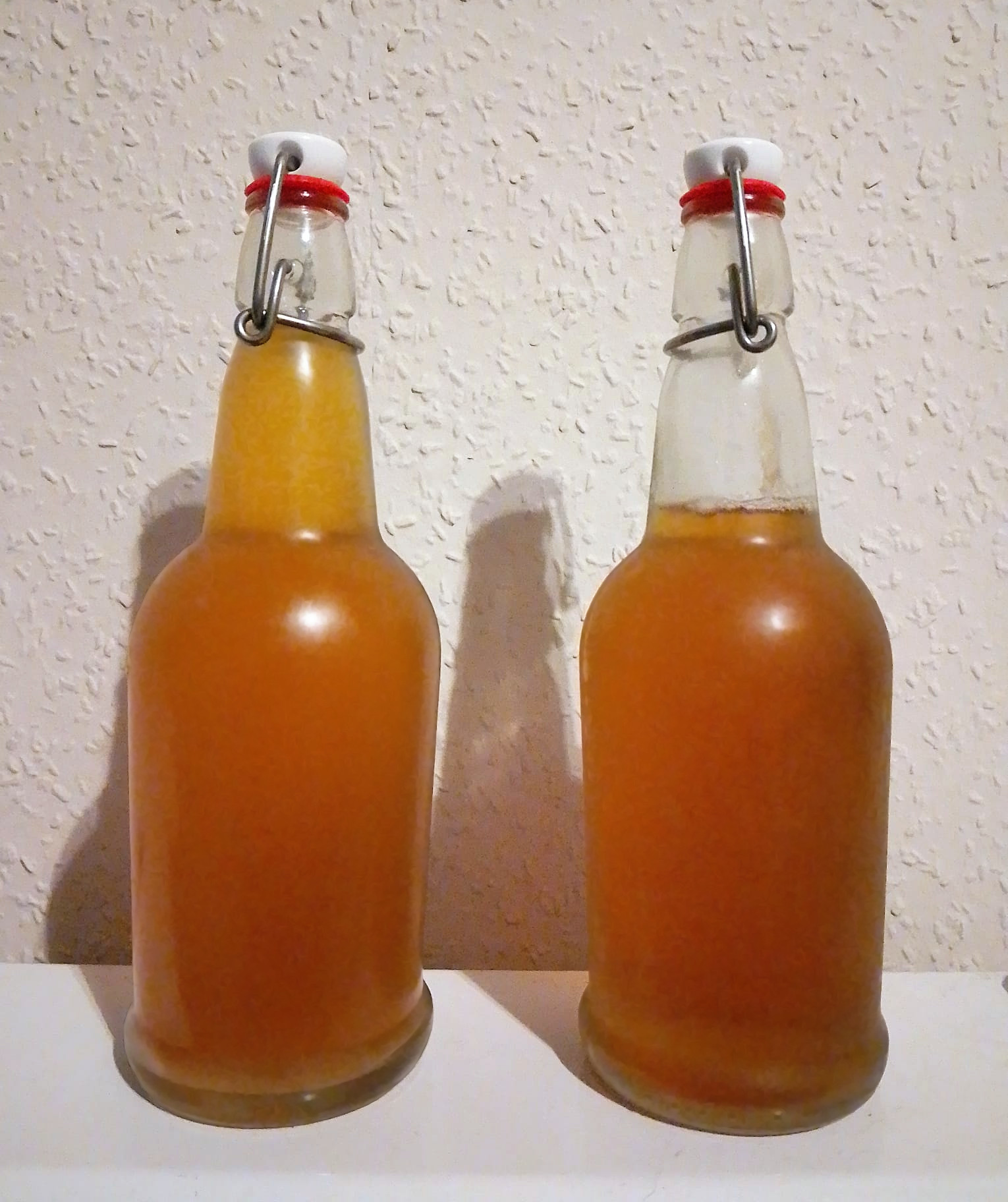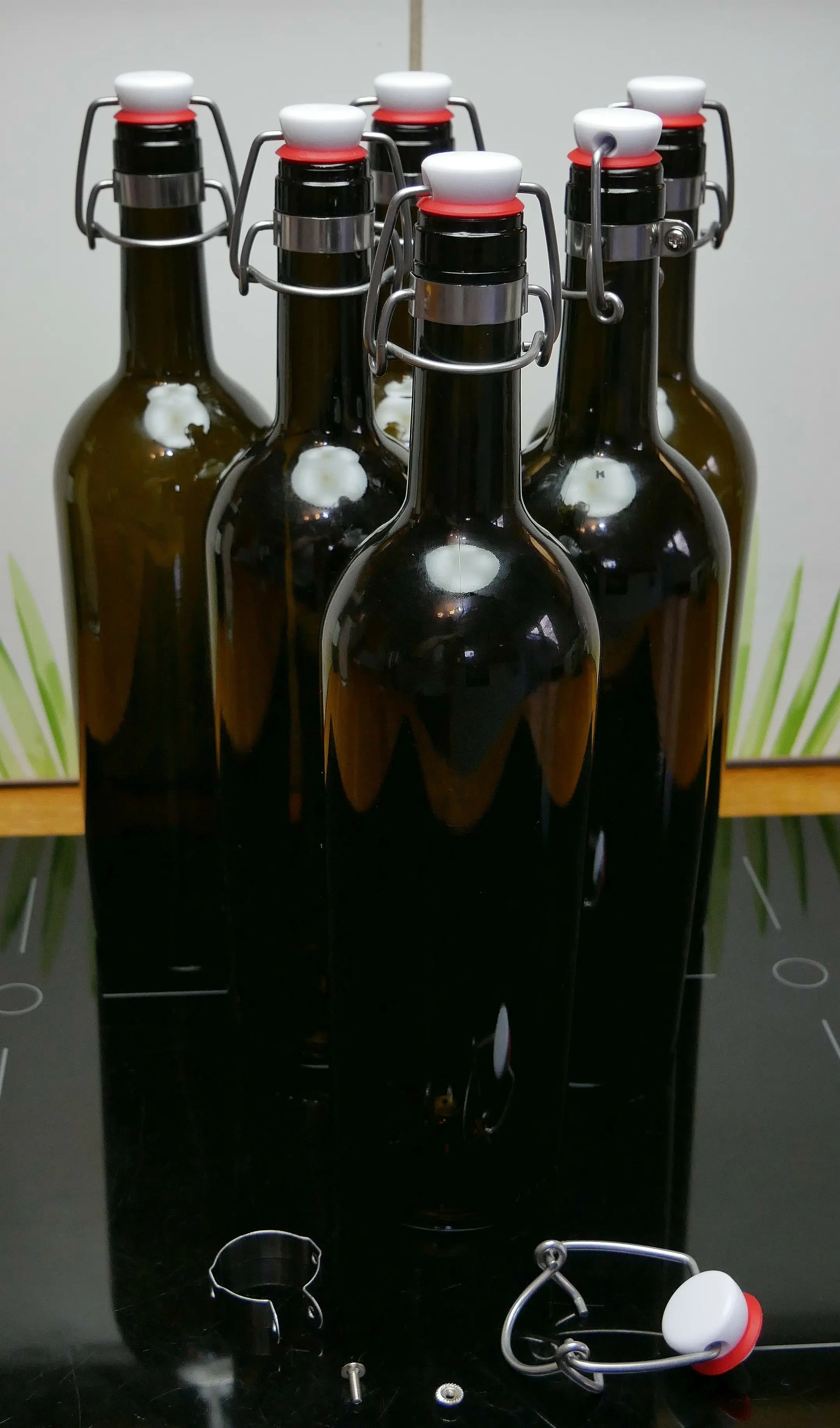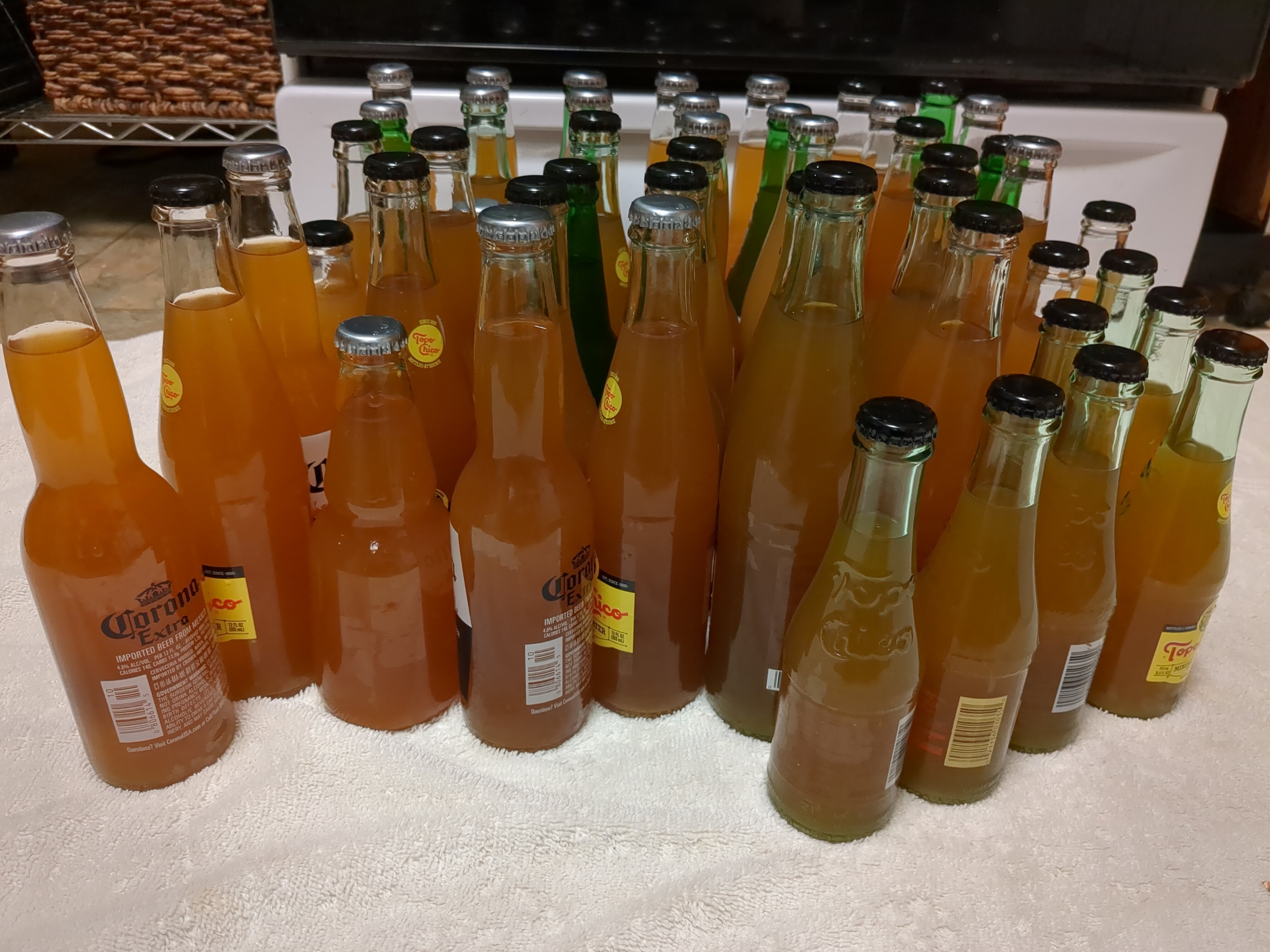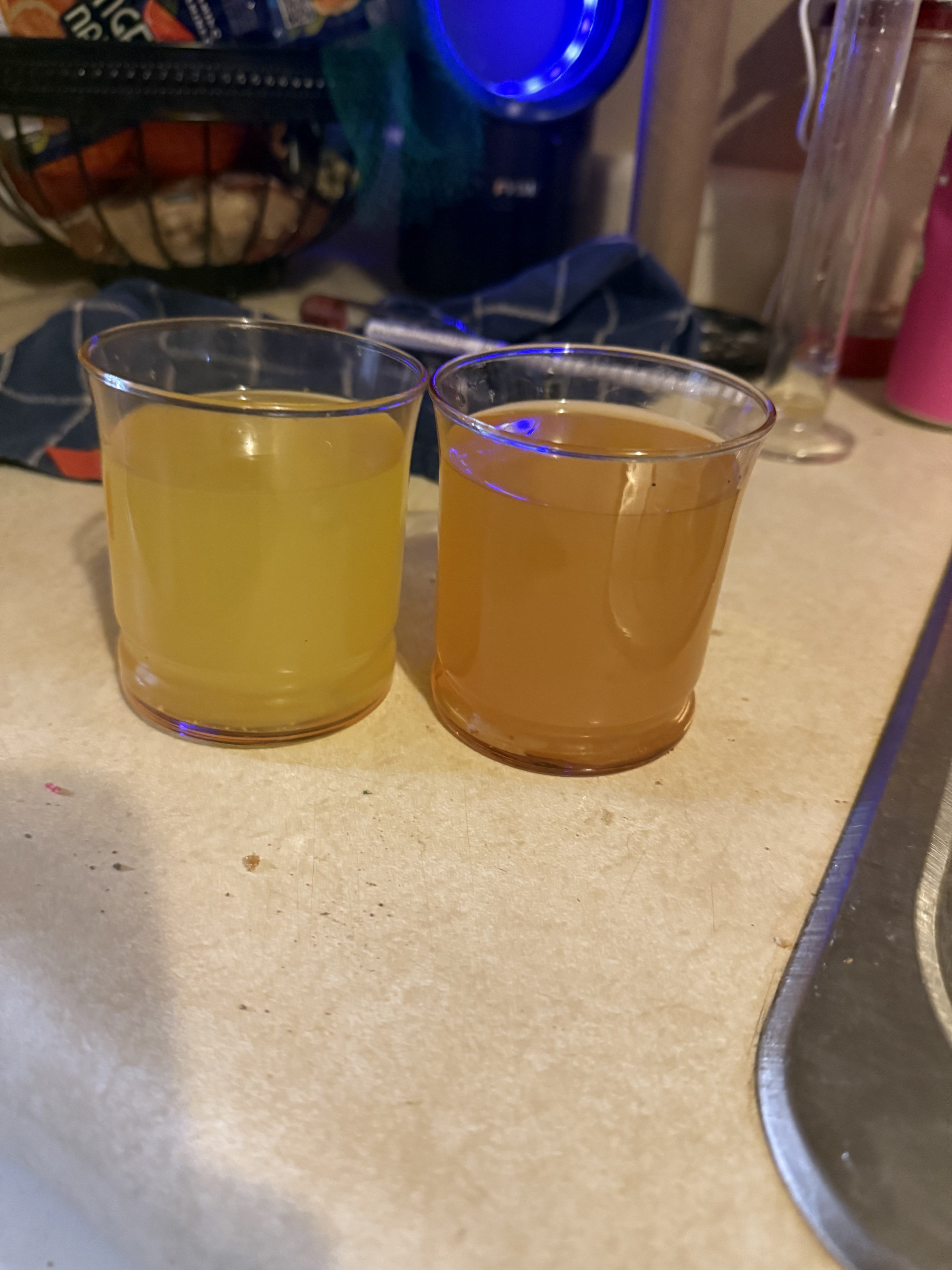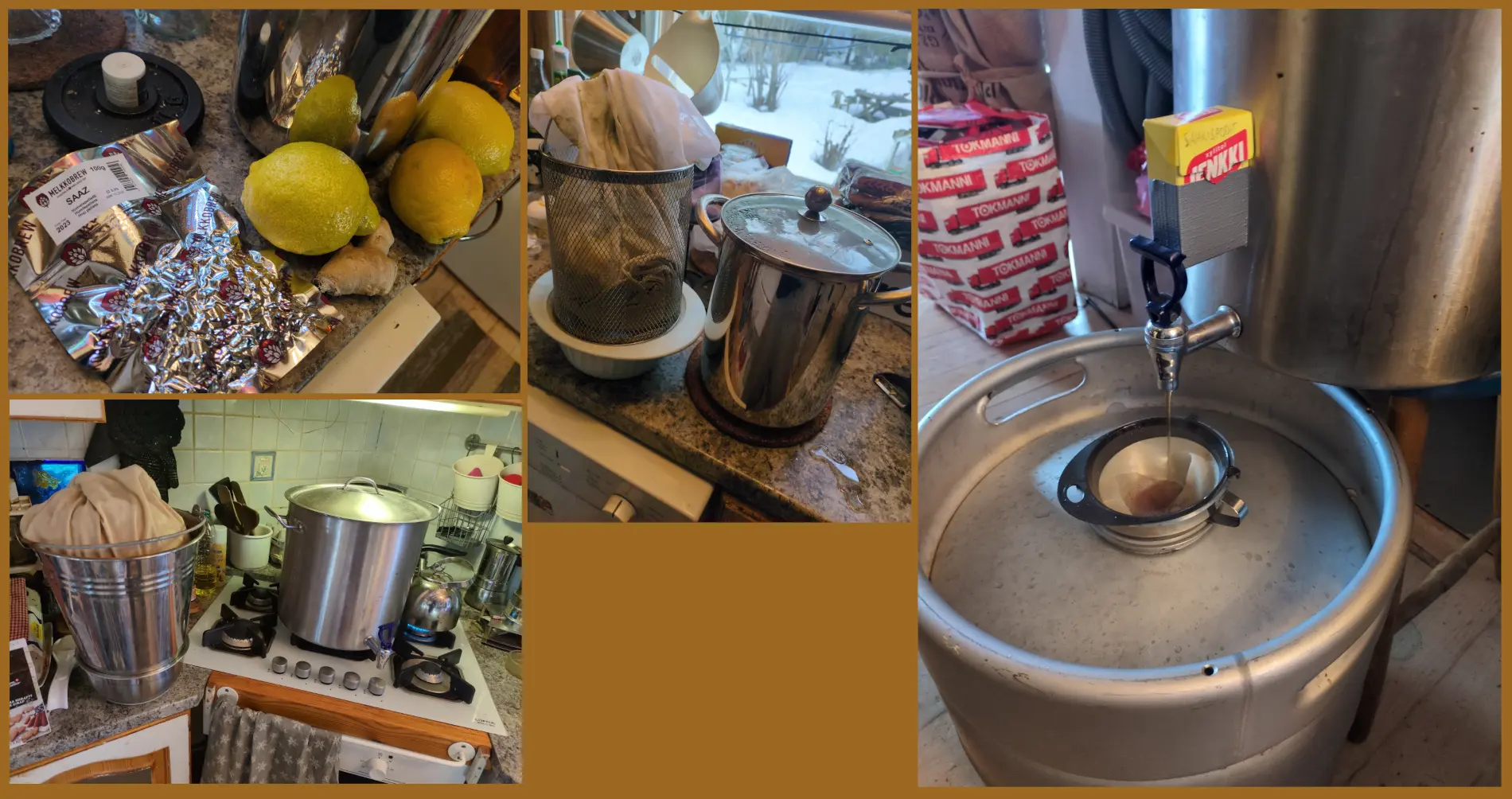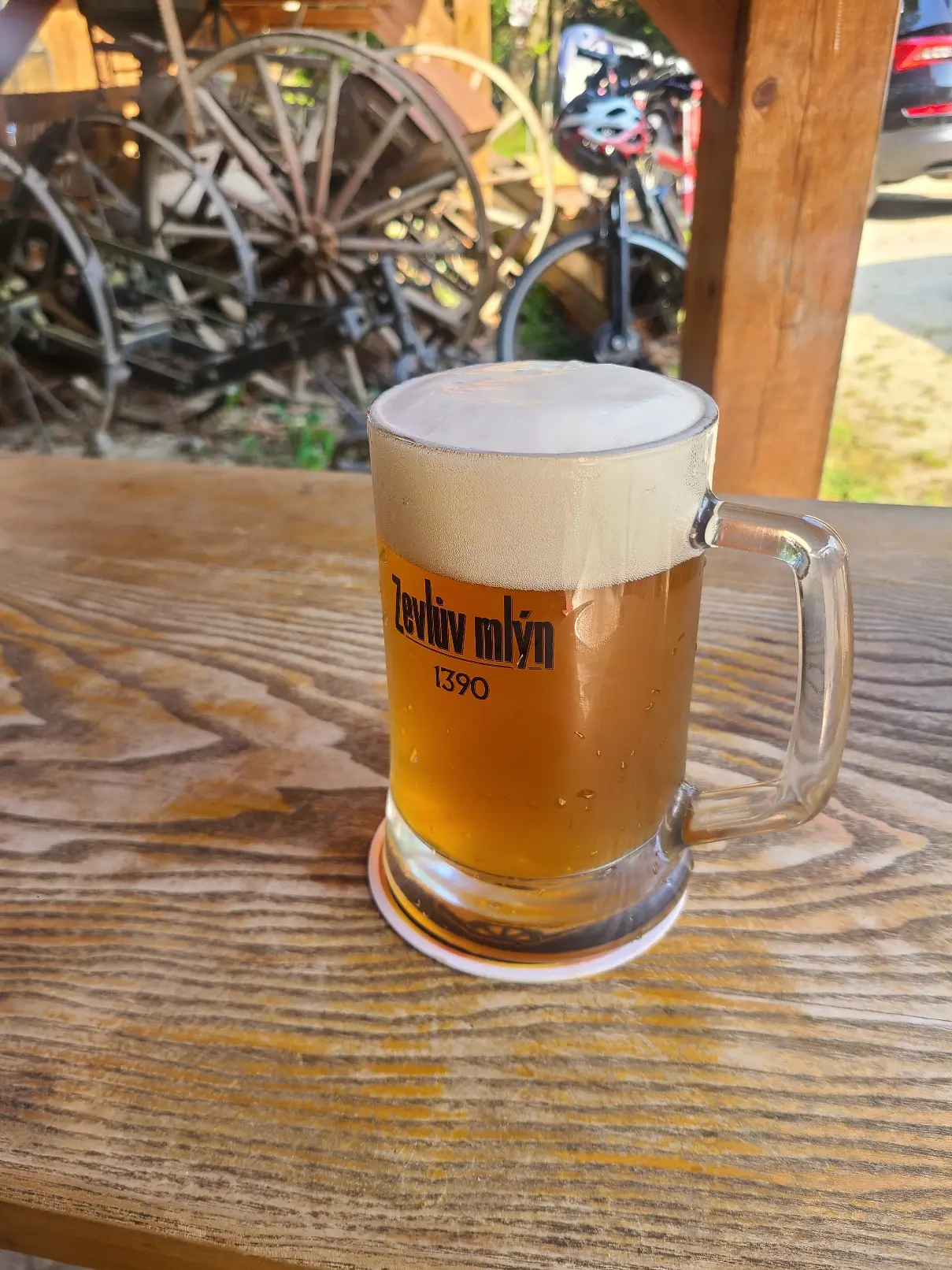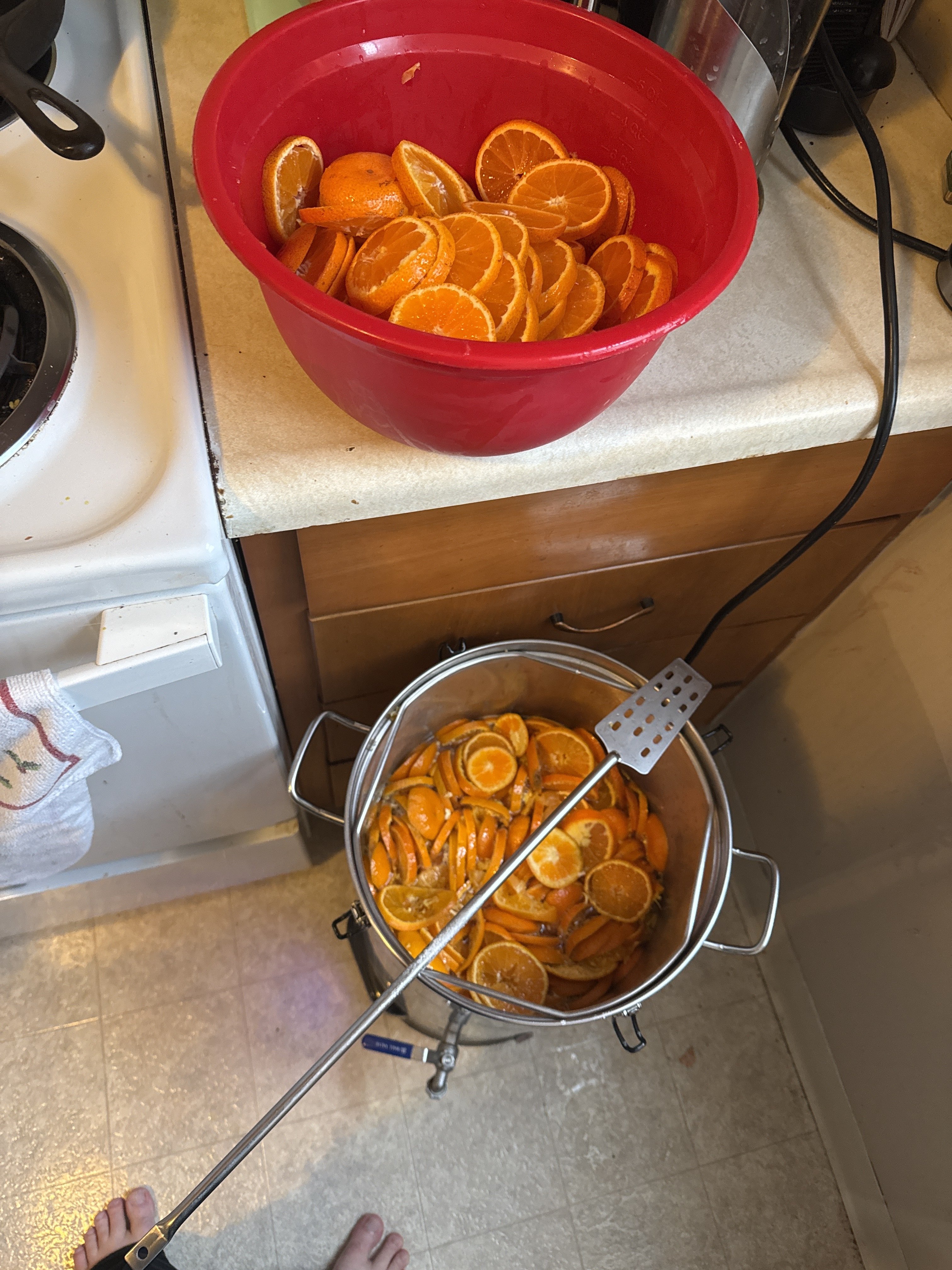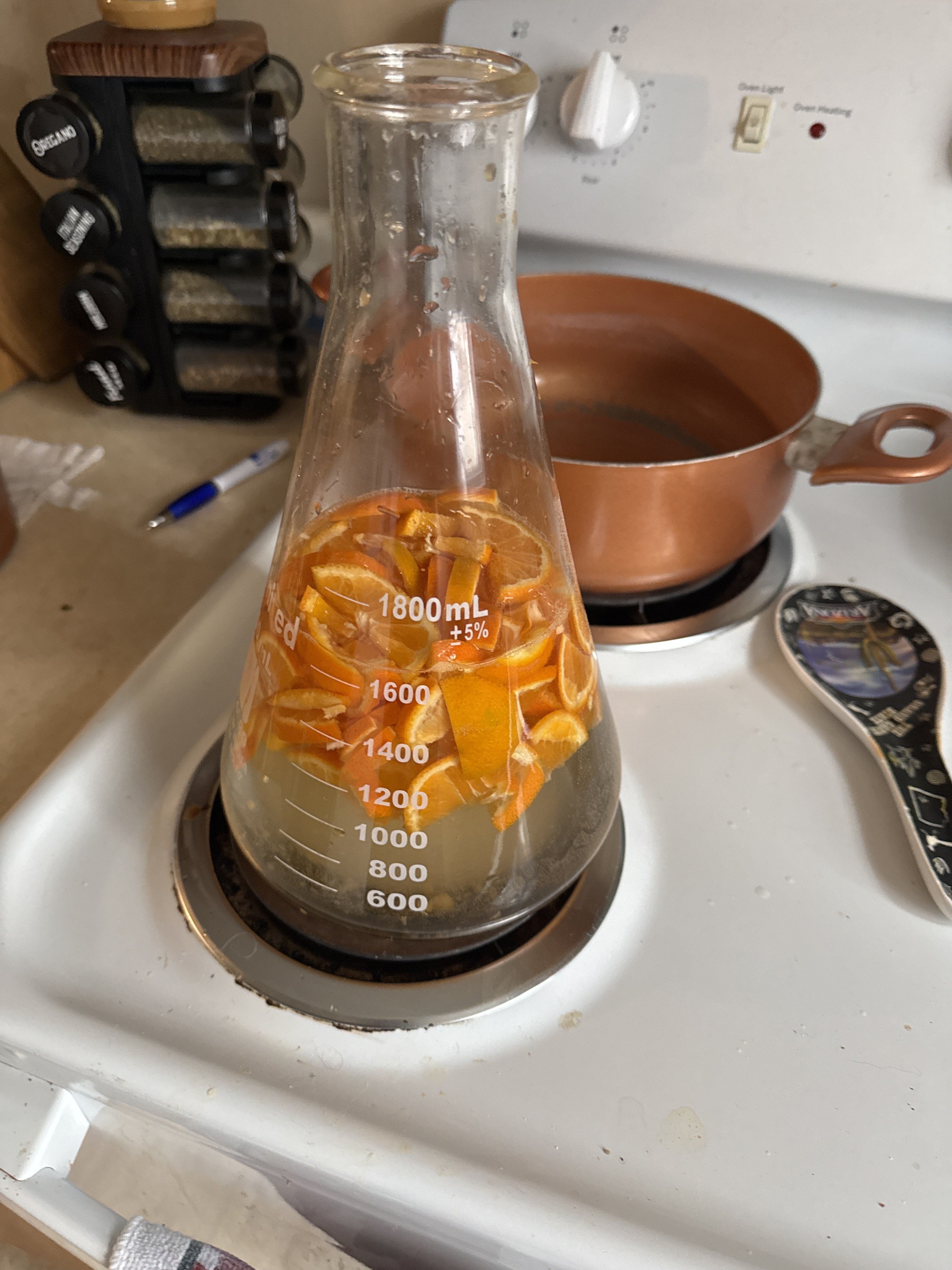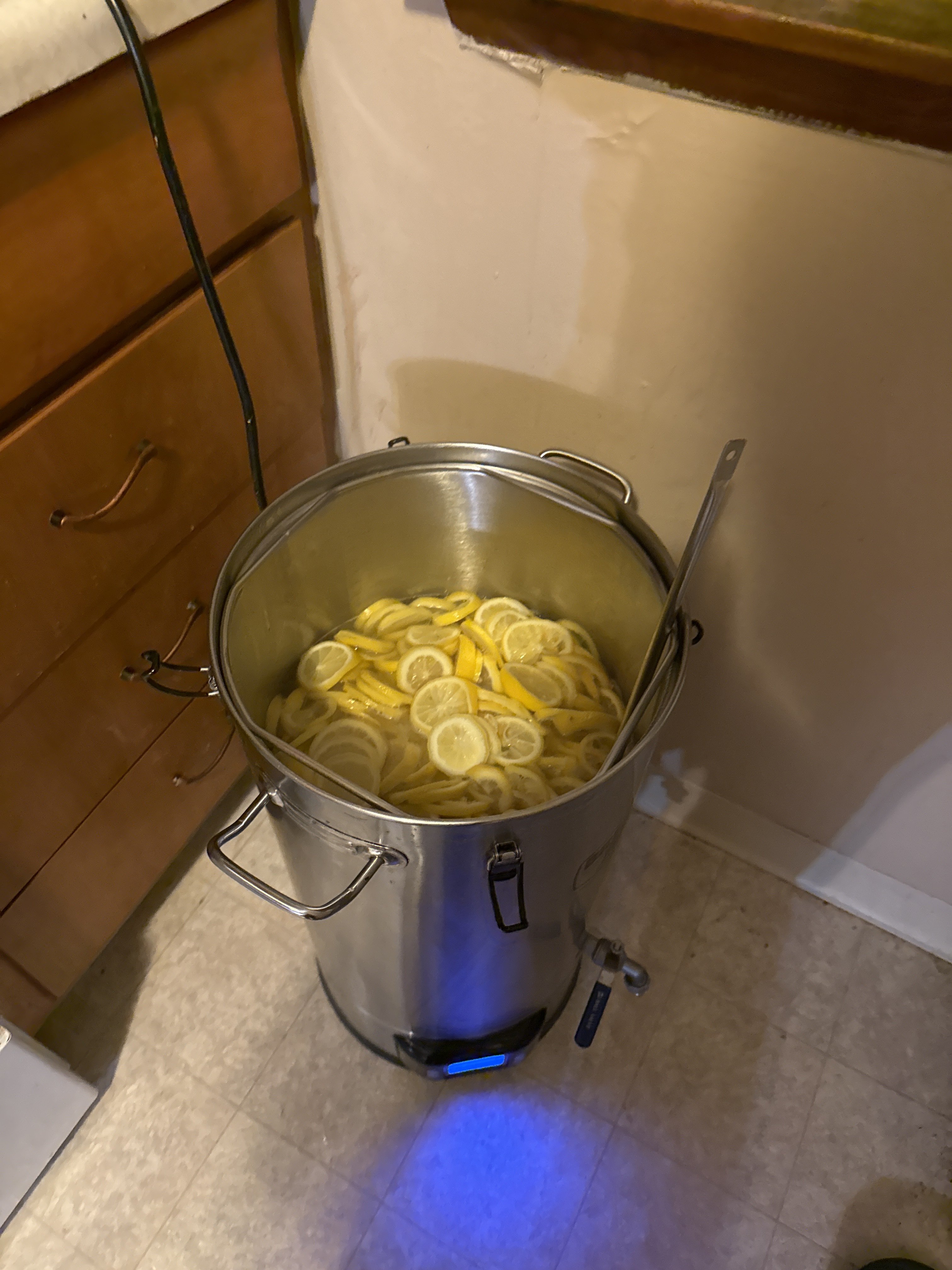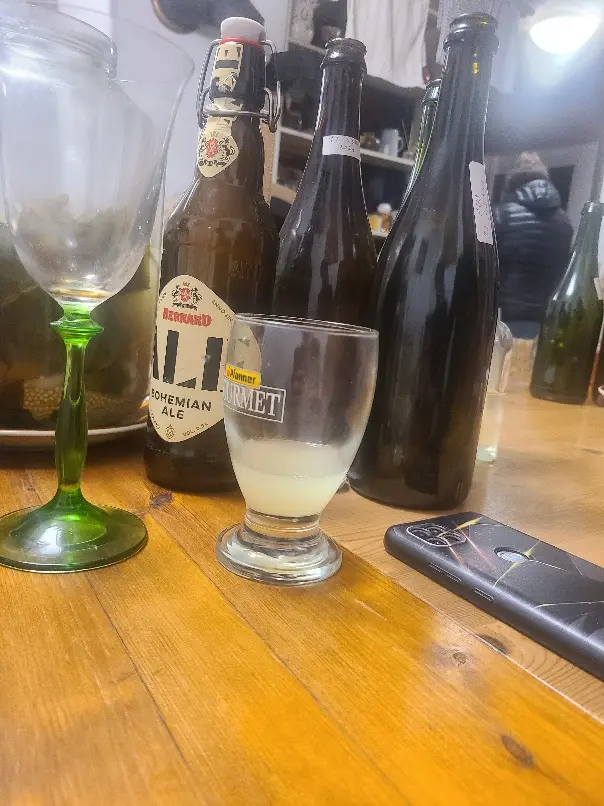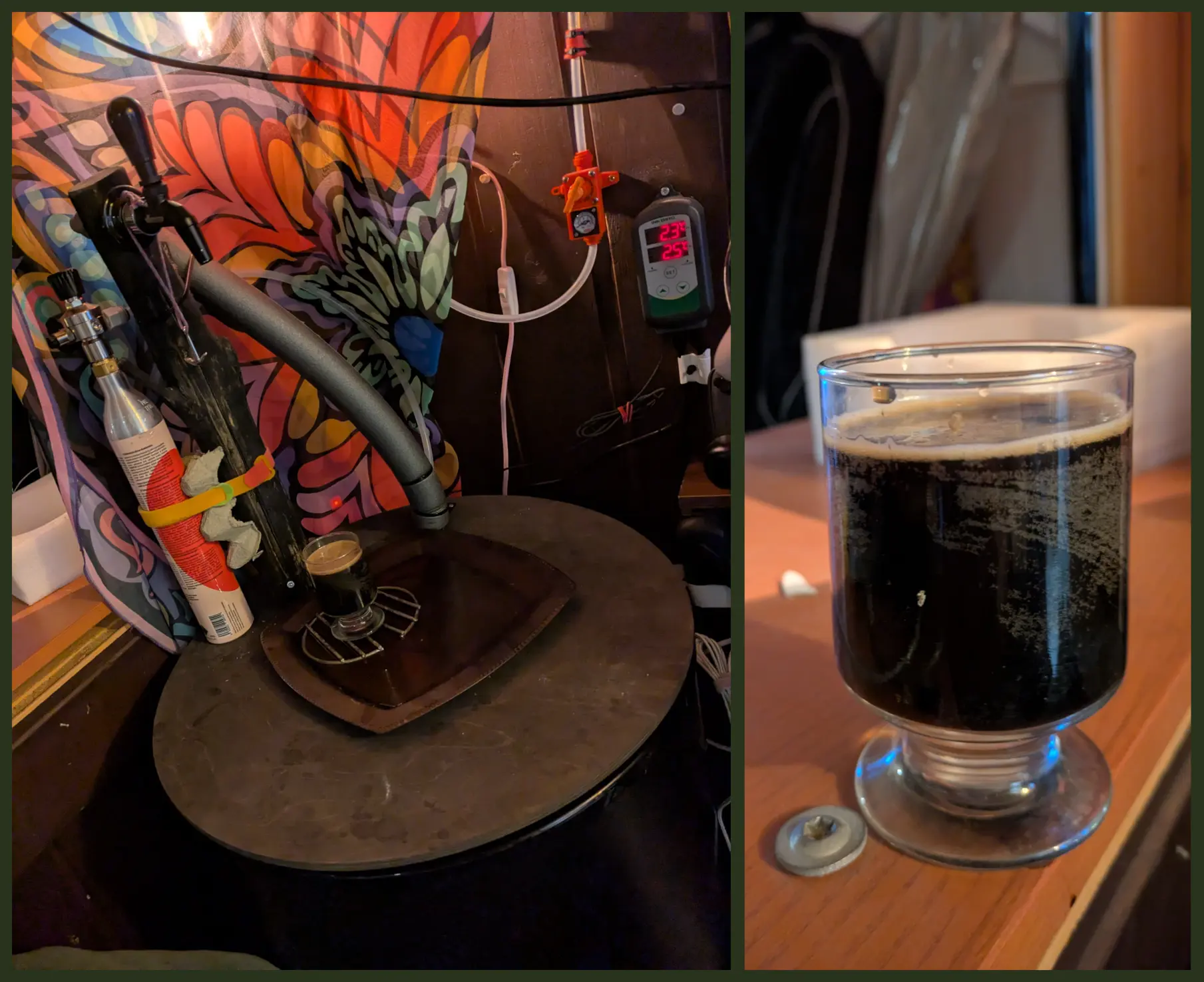Homebrewing - Beer, Mead, Wine, Cider
2535 readers
11 users here now
A community dedicated to homebrewing beer, mead, wine, cider and everything in between. If it ferments, bring it over here.
Share recipes, ideas, ask for feedback or just advice.
Some starting points for beginners:
Quick and diry guide to fermenting fruit - cider and wine
founded 2 years ago
MODERATORS
1
2
3
4
5
6
7
8
9
10
11
12
13
14
15
16
17
18
19
20
21
22
23
24
25
view more: next ›




